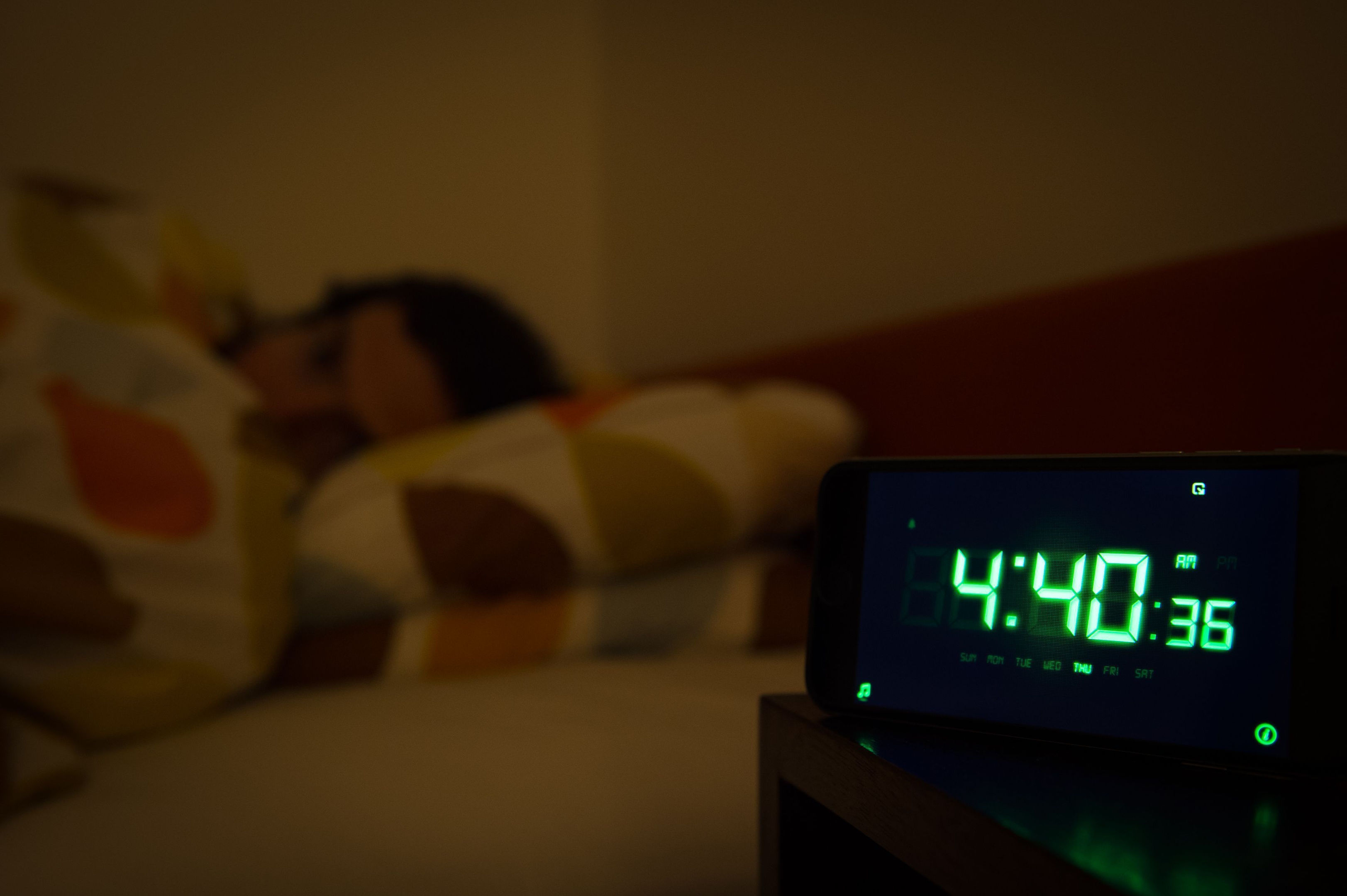Bad sleep is a waking nightmare for millions, but around 90% of those people could improve their sleep quality in just one week, according to an expert.
Jason Ellis, a professor of sleep science at Northumbria University, has devised a cognitive behavioural therapy (CBT) course containing seven steps – one per day – to tackle sleep problems, all outlined in his new book, The One-Week Insomnia Cure.
Ellis said about a third of the population suffer from insomnia every year, and
it persists for about 10-15% of them. But what causes insomnia and why it
persists aren’t the same thing.
After a stressful experience, for example, someone may sleep badly for up to two weeks.
But if it continues after that, said Ellis, it’s largely because people develop habits they think are helpful to get them to sleep, or they worry about
not sleeping. It’s these things that fuel insomnia.
THE 7-DAY CURE

Ellis said people can tackle insomnia themselves, rather than seeking medical
help or trying over-the-counter remedies.
The first, and integral, step is completing a sleep diary every morning, noting
what time you went to bed, how long it took to fall asleep, etc.
Armed with your sleep diary, the basic course steps are…
Day 1: Sleep rescheduling

A personal sleep schedule is created by using your sleep diary to calculate your
total sleep time (TST) average over a week, by estimating time in bed minus time awake in bed.
Divided by seven days, this average becomes your prescribed time in bed (PTIB), which should never be less than five hours.
From your PTIB, calculate your bedtime and wake time, and if this new bedtime is later than normal, you can do anything during the pre-bedtime period, except work, exercise, eat, look at pornography, use a device which emits blue light, or nap, as these aren’t conducive to immediate sleep.
Day 2: Stimulus control
This seeks to break the association between the bedtime routine, the bed, and not being able to sleep. The rules are that the bedroom should only be used for sleep and sex, there should be no napping elsewhere, and if you’re in bed and can’t sleep, get up and leave the bedroom.
Ellis suggested going to a warm place
away from the bedroom for about 30-45 minutes, but don’t lie down or fall asleep during this time.
Day 3: Cognitive control
Determine a cut-off time when you stop all your daytime activities, like work.
Then, at least two hours before bedtime, write lists about what you’ve achieved during the day, what you hope to achieve tomorrow and how you feel about it, followed by writing down your worries, and what you can do about them.
Leave the notebook by the bed, in case you think of anything else during the night.
Day 4: Cognitive distraction
These are the practical steps to slow down your racing mind, by filling it with
other, all-consuming, thoughts – alphabetical, numerical or visual.
Examples are counting backwards from 1,000 in sevens, or thinking of, say, a city beginning with A, and then thinking of a city beginning with whatever letter your first city ended with, etc.
Day 5: Decatastrophising sleep
During the night, whether we’re asleep or not, the part of the brain that
controls rationality, reason and logic goes to sleep. As a result, even the
simplest issue can seem more catastrophic at night.
Ellis suggested writing down those night-time catastrophic thoughts during the day, and then comparing them with your daytime view of the situation. Your night-time thoughts are likely to have been way off a realistic kilter.
But remember you’re not alone – millions of other people are awake during the night too, including celebrities like Lady Gaga, George Clooney and Rihanna, who has often tweeted about her sleep problems.
Day 6: Sleep titration and progressive muscle relaxation
This stage assesses how well the previous techniques are working, and looks at additional relaxation techniques, including progressive muscle relaxation, which involves systematically tensing and relaxing muscles from head-to-toe, noticing the difference in how they feel, and deep breathing.
Day 7: Maintaining success and relapse prevention
As well as identifying issues which may cause future sleep disturbance, the
final section contains suggestions for stimulus control methods, such as
particular books which have helped prompt sleep in the past.
The One-Week Insomnia Cure: Learn To Solve Your Sleep Problems by Professor Jason Ellis is published by Vermilion, £10.99.
